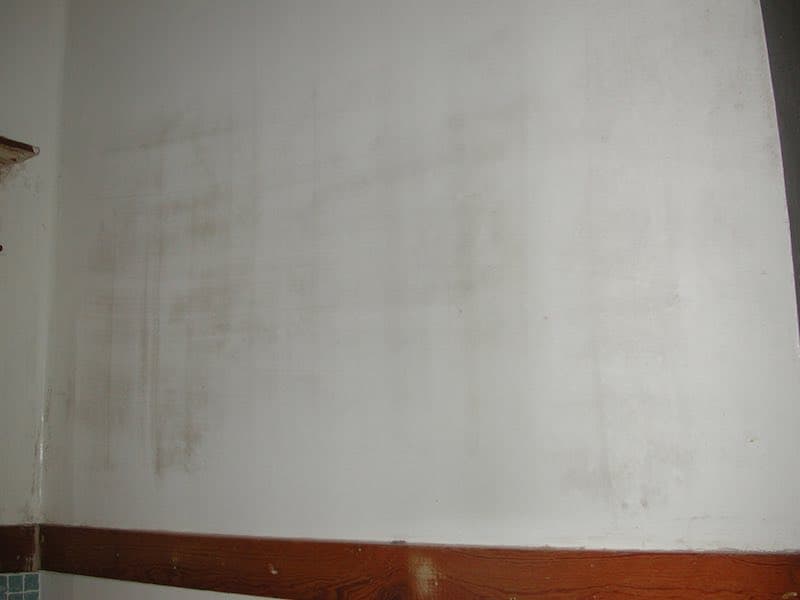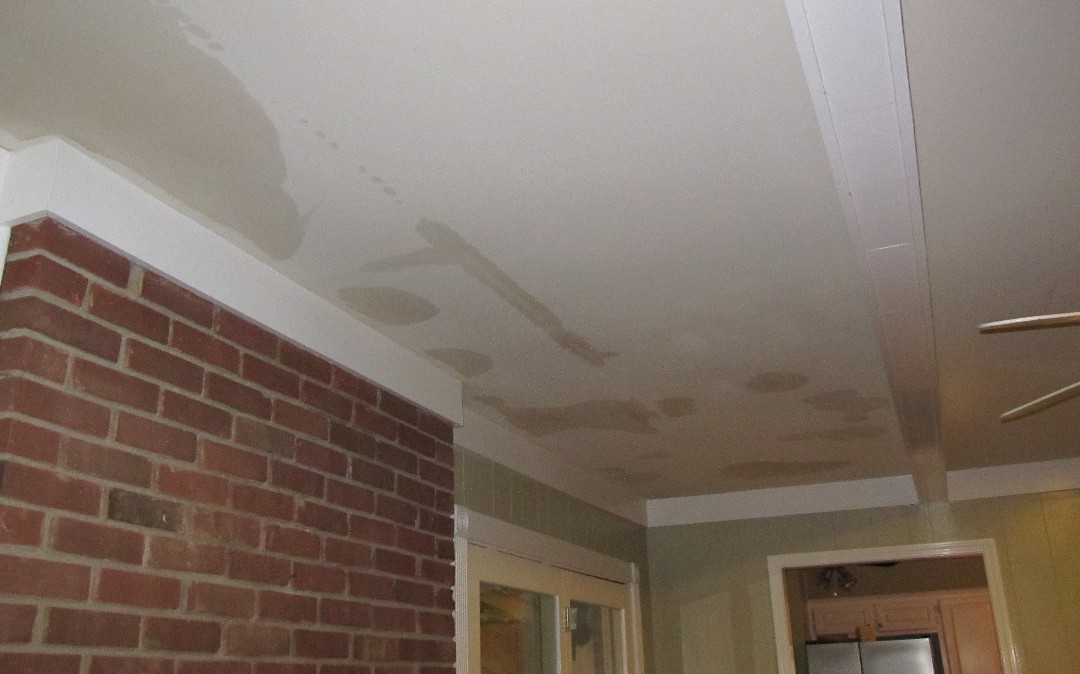Surface Leak Locating and Address - A Comprehensive Guide
Surface Leak Locating and Address - A Comprehensive Guide
Blog Article
What're your ideas on Water Stains on Walls?

Water discolorations on walls are not pleasant to the eyes. Your home must lack discolorations on the wall surfaces, roof covering, or floorings. That is the perfect state of a house as well as its structures. Occasionally it appears almost inevitable to experience water spots on walls in homes.
House owners staying in moist areas regularly deal with the concern of water discolorations on walls. That doesn't have to be the case for you. With accurate and all-around information on the causes of water stains and punctual repair work processes, you will constantly be an action ahead of such occurrences. So, this post guarantees to be a valuable overview for you.
3 Common Causes of Water Spots on Wall Surfaces
In contrast to common belief, water stains on wall surfaces do not constantly come from bad structure products. There are numerous reasons for water spots on walls. These include:
Damp
When hot wet air meets dry cold air, it causes water droplets to base on the wall surfaces of buildings. When there is steam from cooking or showers, this happens in cooking areas and also restrooms. The water droplets can stain the bordering walls in these parts of your house and also spread to other areas.
Moist or condensation impacts the roofing system as well as walls of structures. This creates them to appear darker than other areas of the residence. When the wall is wet, it develops an appropriate setting for the growth of fungi and also microbes. These might have adverse impacts on wellness, such as allergic reactions and respiratory system problems.
Poor Drain
This will certainly prevent water from seeping into the walls. This links to too much moisture that you notice on the walls of your structure.
The leading cause of wet walls, in this case, can be a poor drainage system. It can also be due to poor management of sewage pipelines that go through the structure.
Pipe Leaks
A lot of homes have a network of water pipes within the wall surfaces. This ensures that the pipelines are well away from the reach of destructive rodents. It constantly raises the practicality of such pipes, as there is little oxygen within the walls. This inhibits rust.
Yet, a disadvantage to this is that water leak influences the walls of the building and causes extensive damage. An indicator of defective pipes is the look of a water tarnish on the wall surface.
Pro Idea
A houseplant in your home also enhances its moisture. So, if your house is currently moist, you may wish to introduce houseplants with marginal transpiration. An instance of suitable houseplants is succulents.
Water Spots on Wall: Fixing Tips
When dealing with water discolorations, house owners would usually want a fast solution. Yet, they would certainly soon realize this is counterproductive as the water spots repeat. So, right here are a few helpful ideas that will assist you in the repair service of water stains on wall surfaces:
Final thought
No one wants to have water discolorations on walls in their residence, it can happen to the best of us. This short article gives you take advantage of, as you currently recognize just how to handle this incident if it does occur.
It is constantly best to recruit specialist services to assist take care of the damages in your home.
Occasionally it seems almost inevitable to experience water stains on walls in homes.
In contrast to prominent belief, water spots on wall surfaces do not always stem from bad structure products. There are numerous causes of water stains on walls. The water beads can stain the bordering wall surfaces in these parts of your home and also spread to various other locations.
Right here are a few useful tips that will certainly lead you in the fixing of water stains on wall surfaces:
How to Fix Water Stains On Walls
Water stains on walls aren’t something anyone enjoys to look at in their home. It might seem like an easy option to just paint over the stain, but it will take more than that. It’s very important to determine if there is an ongoing problem causing the stain, and fixing that before you go any further. If you don’t follow the steps, you could have more problems down the line.
Solve the Underlying Issue
Water stains on walls are a big sign of water damage. Seeing this is your signal to find out where the water could be coming from. Most likely this is due to a leak somewhere in your plumbing, but there could be other causes. These problems can be from somewhere outside your home as well. If you can’t determine where the leak is coming from, call your local plumber to find the leak and repair it.
Here are some common reasons water damage can occur:
Plumbing failures Construction failures Natural events Appliance failures Dry the Area
Once you’ve fixed the underlying problem, you need to make sure the area is completely dry. You can do this using dehumidifiers and fans. Place the dehumidifier on the highest setting in between two fans. Depending on how large the stain is, it can take hours to completely dry. Even if the wall only feels a little damp, it’s still important to fully complete the drying process. If you’re in count, go ahead and allow the fans and dehumidifier to run overnight.
Remove Loose Material
Water stains on walls may be covering more damage than what you can see. Use a painter’s knife or a putty knife to scrape away at any loose paint or material from the wall. If the damage is minor, you will just be scraping away at the layers of paint. If the damage is more prominent, you may need to scrape away deeper into the wall to remove all the damaged material.
Clean the Area With Bleach
Once you’ve removed all the damaged material and the water stains from the walls, use a bleach mixture to sanitize the area. If it’s not sanitized, it can lead to mold. Carefully wipe down the area to avoid letting bleach drip onto your floors or furniture. Make sure when you are cleaning the area to get into every crevice to ensure mold will not be able to grow. After you have done this, allow it to air dry completely before moving to the next step.
Repair the Wall if Needed
Now that the area is cleaned, it’s time to repair the wall. If you had to scrape away at more than just the paint on the wall, you will need to use drywall mud to fill in any cracks, dents, or crevices. Use your painter’s knife to smooth it over and let it dry. Use some sandpaper to sand it down to make it even with the wall. If you need to do a few layers, that’s completely fine. Just make sure to allow it to dry between each layer.
https://www.1tomplumber.com/how-to-fix-water-stains-on-walls/

Do you like more info about How to Find and Repair Water Leaking in the Wall? Post feedback down the page. We would be delighted to listen to your reactions about this piece. We hope that you come back again later on. Remember to take the opportunity to share this entry if you appreciated it. Thanks a lot for taking the time to read it.
Dial, and relax! Report this page